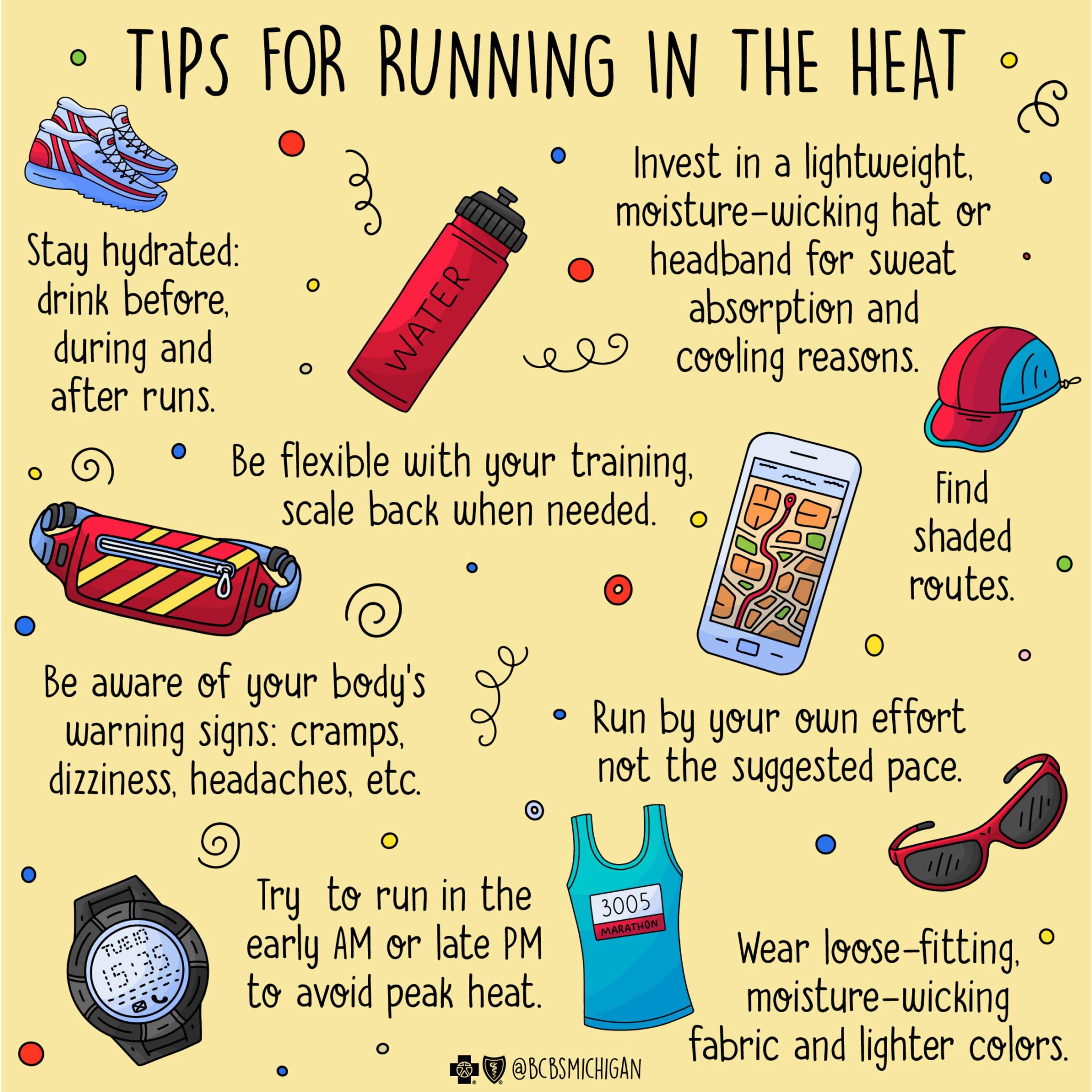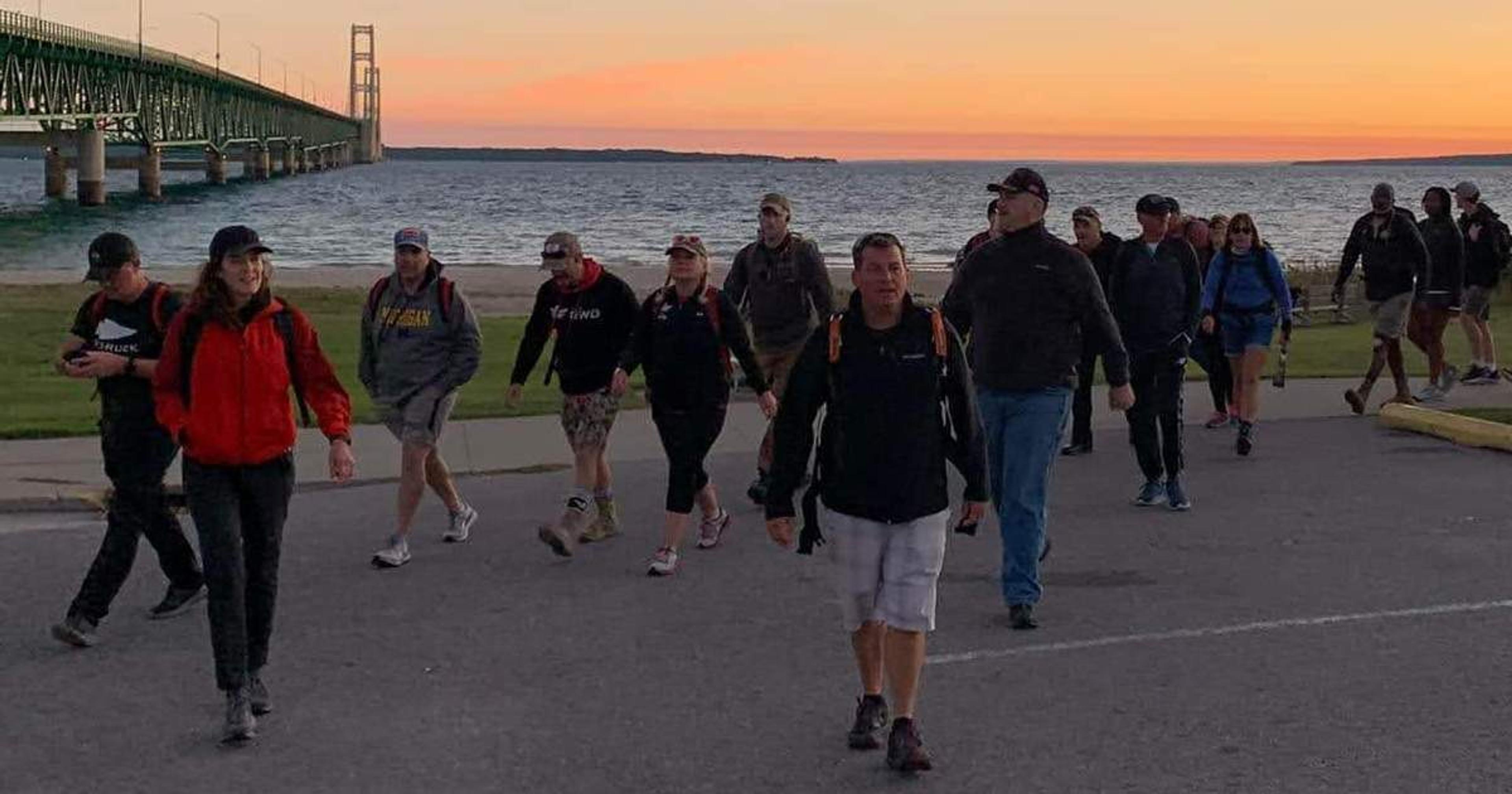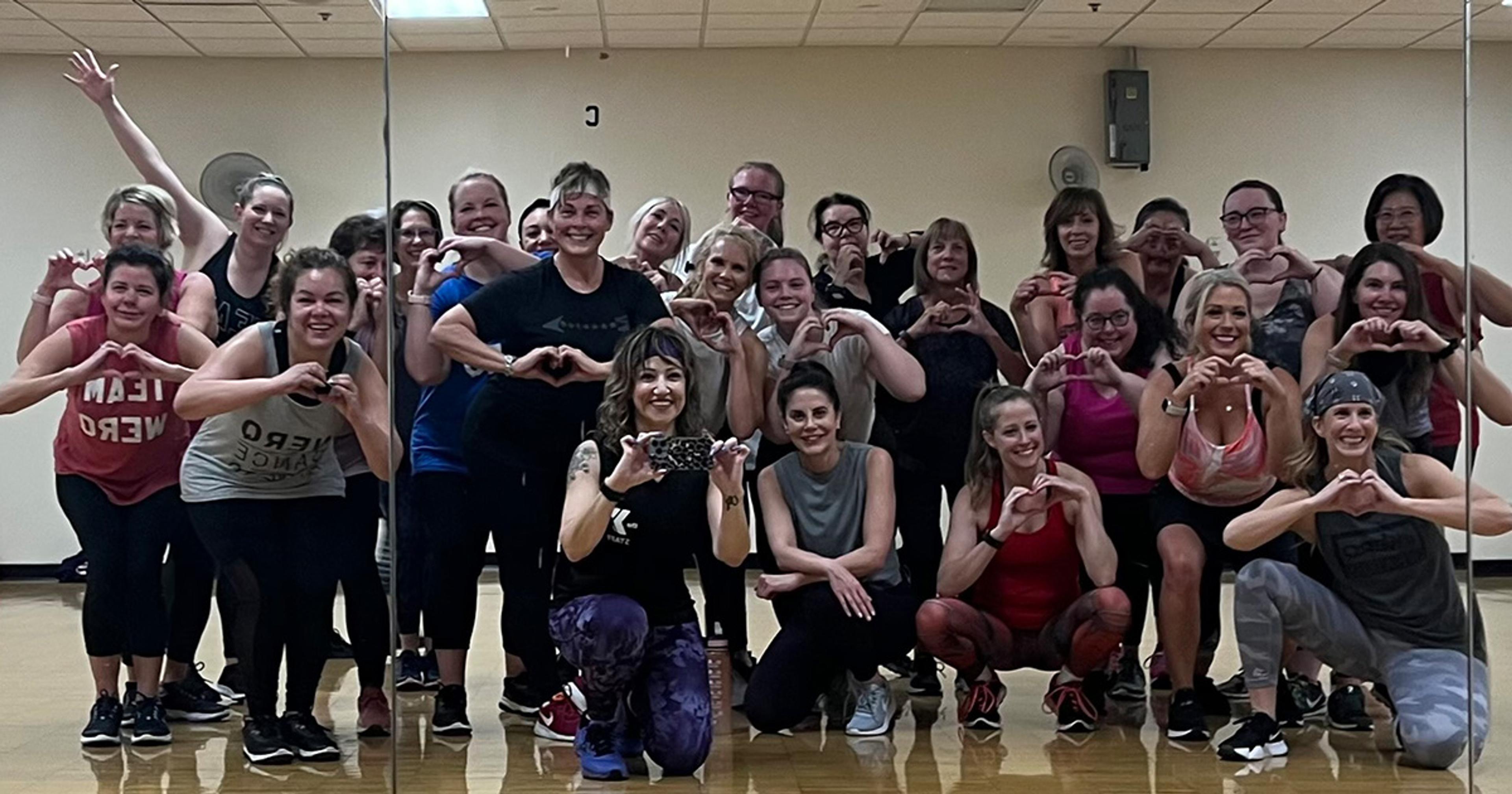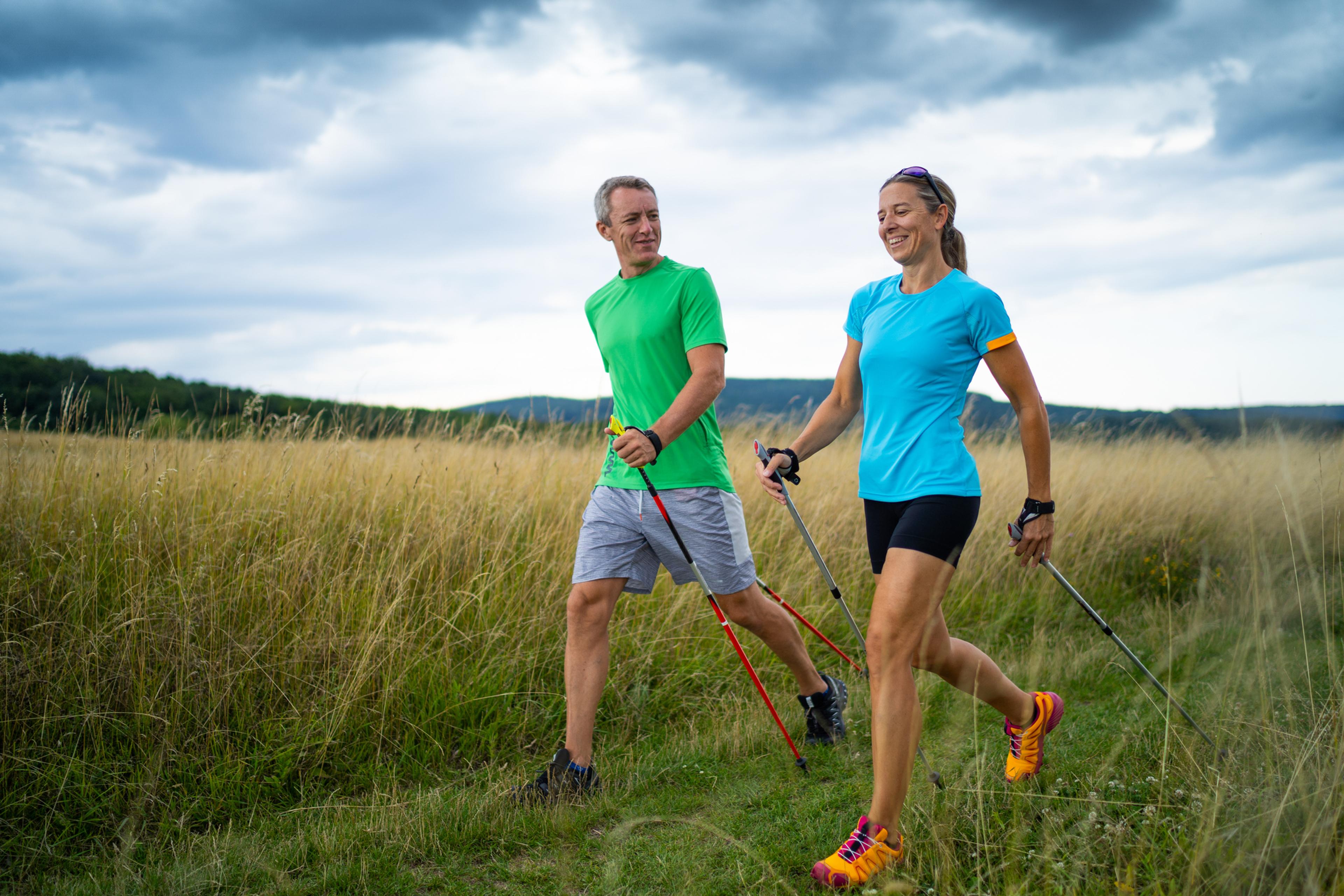Don’t Let the Summer Heat Keep You from Exercising
| 3 min read

A hot, sunny day without a cloud in the sky can feel oh so inviting to those with active lifestyles.
But even moderate outdoor exercises like walking, biking, and golfing can be physically taxing when performed in the middle of the summer.
We sweat to keep cool, but when we are exposed to high temperatures and high humidity for hours on end, even heavy perspiration may not stop our bodies from overheating. When this happens, we become susceptible to heat-related illnesses.
What is the difference between heat stroke and heat exhaustion?
Exercising outdoors for extended periods can lead to dehydration and heat cramps, but it can also cause a person to suffer from more serious illnesses like heat stroke and heat exhaustion.
When someone experiences heat exhaustion, they may start sweating excessively, develop a headache and pale, clammy skin, become irritable and thirsty, and experience nausea, dizziness, or weakness.

Heat exhaustion could progress to heat stroke, which is a more serious condition. It occurs when the body temperature reaches 106°F or higher within 10 to 15 minutes, according to the Centers for Disease Control and Prevention (CDC). This is when our body’s natural cooling system of intense perspiration fails, and it can no longer cool down. Heat stroke can be life-threatening if not immediately treated.
Heat stroke symptoms include:
- Alterations in sweating (extreme sweating or no sweating at all)
- Confusion
- Fainting/loss of consciousness
- Hot and/or dry skin
- Rapid heartbeat
- Seizures
- Slurred speech
How can I safely exercise outdoors in the summer?
These five tips should help you get your outdoor summer workout in without succumbing to any of the above symptoms or illnesses:
Hydrate, hydrate, hydrate: Water is your best friend any time you’re exercising in the heat. The best way to avoid dehydration – which can be a gateway to heat exhaustion and heat stroke – is to drink plenty of water before, during and after your workout.
Wear light, breathable clothing: You should wear lightweight, loose-fitting, well-ventilated clothing that allows hot air to escape through the garment and in turn keeps your skin temperature down. Moisture-wicking athletic apparel helps draw sweat away from your skin and onto the fibers of your clothes, which can help prevent skin irritation and heat rash. Consider wearing a hat to protect your scalp, too.
Protect your skin: As mentioned, your skin is your body’s primary cooling system. You need to work for it if you want it to work for you! While exercising, you should wear waterproof sunscreen, use a misting fan to cool yourself off and douse yourself with water periodically to stay cool.
Don’t exercise during the hottest parts of the day: Check the weather forecast before you grab your basketball or running shoes to find out when the hottest time of the day is. Working out in the morning or late evening as the sun begins to set is usually optimal.
Listen to your body: No one knows your body better than you, so be sure to pace yourself. If you start to feel physically uncomfortable in any way, take a water break and rest under some shade or in an air-conditioned house.
Related content:
Photo credit: Getty Images





